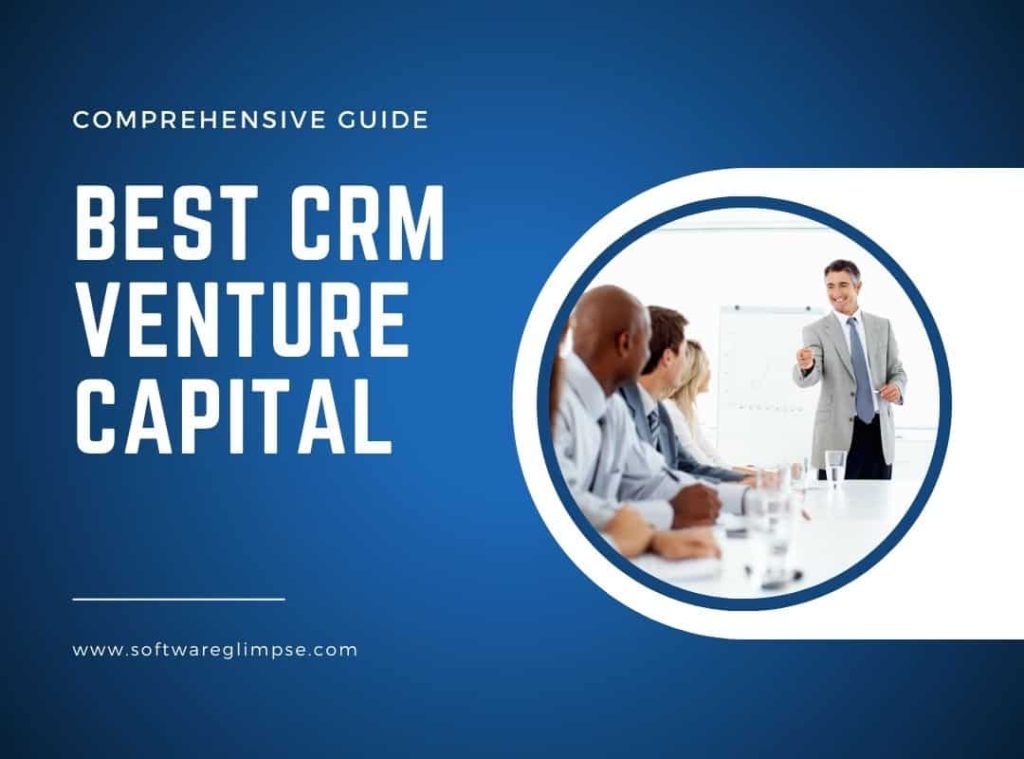Best CRM for capital raising opens up a world of possibilities, enhancing efficiency and maximizing fundraising efforts. From essential features to implementation strategies, this comprehensive guide dives deep into the realm of CRM for successful capital raising campaigns.
Exploring the key features, comparison of top platforms, and practical implementation tips, this guide is your go-to resource for leveraging CRM tools in the realm of capital raising.
Overview of CRM for Capital Raising

Customer Relationship Management (CRM) in the context of capital raising refers to the use of software and technology to manage interactions with potential investors, track fundraising activities, and maintain relationships with stakeholders. Implementing a CRM system is crucial for capital raising as it helps organizations streamline their fundraising processes, track investor engagement, and effectively manage communication channels.
Key Features to Look for in a CRM for Capital Raising
- Customizable Dashboards: A CRM system should offer customizable dashboards to display relevant data and metrics for capital raising campaigns.
- Automation Tools: Look for automation features that can automate repetitive tasks, streamline workflows, and increase efficiency in fundraising efforts.
- Integration Capabilities: Ensure that the CRM platform can integrate with other tools and systems used in capital raising, such as email marketing platforms or financial software.
- Reporting and Analytics: Robust reporting and analytics tools are essential for tracking fundraising performance, monitoring investor activity, and making data-driven decisions.
Comparison of Top CRM Platforms for Capital Raising, Best crm for capital raising

When comparing CRM platforms for capital raising, popular options like Salesforce, HubSpot, and Zoho stand out for their unique features tailored to fundraising activities. Salesforce offers advanced customization options and scalability, HubSpot provides integrated marketing tools, and Zoho focuses on affordability and ease of use. Pricing structures and scalability are important factors to consider when choosing a CRM platform for capital raising needs.
Implementation Strategies for a CRM in Capital Raising
Implementing a CRM system effectively for capital raising requires careful planning and execution. Key steps include data migration from existing systems, integration with other tools, and providing comprehensive training for team members. By following a structured implementation process, organizations can maximize the benefits of a CRM in their capital raising campaigns.
Final Wrap-Up

In conclusion, choosing the best CRM for capital raising is a strategic decision that can significantly impact your fundraising success. By understanding the crucial features, comparing top platforms, and implementing effective strategies, you can elevate your capital raising efforts to new heights.
Helpful Answers: Best Crm For Capital Raising
What role does customization play in a CRM for capital raising?
Customization options in a CRM are vital for tailoring the platform to specific fundraising needs, ensuring seamless integration with existing processes.
How can automation tools within a CRM benefit capital raising efforts?
Automation tools streamline tasks, automate follow-ups, and improve communication, ultimately saving time and enhancing efficiency in fundraising campaigns.
What are the key steps for effective implementation of a CRM system in capital raising?
Effective implementation involves thorough training, data migration, and seamless integration to ensure team members can leverage the CRM’s full potential for fundraising success.
